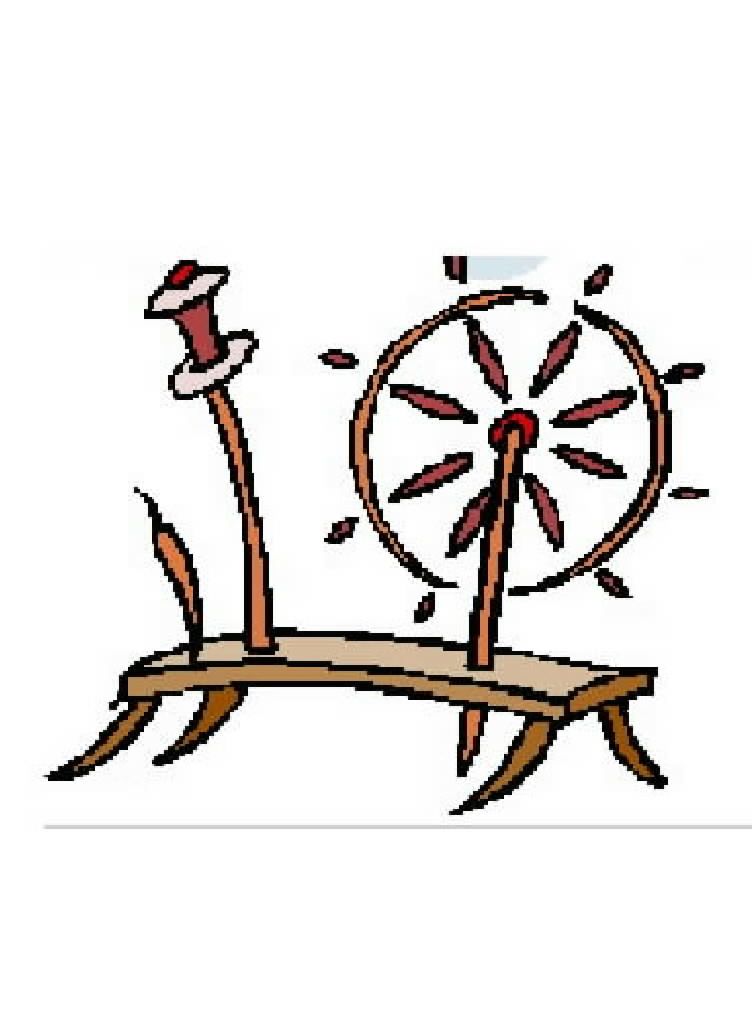February 21, 2014 Meeting
March 7, 2014For our February meeting we worked on carding the fleeces that Donna won for the guild at the Spin In Fundraising Event this fall. Two of the fleeces were cleaned and bagged in small amounts for guild members to work with; the third was bagged dirty (my cats really think I brought home a present for them.) The last fleece – a Romney – was at home with Carol, so there is still fleece available to work with if you missed the meeting!!
Members who have drum carders bought them in and away we went carding up a storm! Several members who do not have drum carders had the opportunity to use them and our guest got a bit of instruction in wool processing. Members are to spin up the wool and hopefully make some items for sale, to generate guild funds in the future. I will be spinning up some and new member (and my Mother) Robin will knit it into a bag for the guild to donate for the raffle at the Wisconsin Spin In – March 29th – to show our appreciation.
Here is some of what we discussed – I took the definitions from Wikipedia, then added to them, and Americanized them – but it is a good summary and reference for what we talked about:
A rolag (Scottish Gaelic: roileag) is a roll of fiber generally used to spin woolen yarn. A rolag is created by first carding the fiber, using handcards, and then by gently rolling the fiber off the cards(top to bottom.) If properly prepared, a rolag will be uniform in width, distributing the fibers evenly. The word derives from the Scottish Gaelic word for a small roll. Also if you roll from left to right (inside of top to bottom) the fiber comes off more aligned and great for spinning worsted.
A roving is a long and narrow bundle of fiber. Their main use is as fiber prepared for spinning, but they may also be used for specialized kinds of knitting or other textile arts. After carding, the fibers lie roughly parallel in smooth bundles. These are drawn out, by hand or machine, and slightly twisted to form lengths suitable for spinning. Because it is carded, the fibers are less parallel than top (which is combed) and are not of uniform length. Carded rovings look fluffier than combed top, which looks smooth and has a high luster. The fibers in combed top tend to be of a fairly uniform length due to the method of preparation. Though drawing it into strips may line the fibers up a bit, roving is not to be confused with sliver as there is twist in roving.
Pencil roving is a type of roving that has been drawn until it is the size of a fat pencil. It can be used by spinners with minimal drafting (withdrawing fibers from a clump).
Batts are made with a drum carder which can be used for felting, spinning, and other projects. These carders can also be used to make batts that are a blend of multiple fiber types or a blend of fiber colors. Batts produced by hand carders are typically 6–8 inches wide and about 2 feet long. Again like the rolag, the fiber if taken lengthwise is used for worsted spinning and if taken widthwise is great for woolen spinning.
Combs – we didn’t really get into combs much as no-one brought them to work with but here is a reference for how to use them. http://www.woolery.com/Store/pc/How-to-Use-Viking-Wool-Combs-d15.htm
Woolen VS. Worsted – here is a link to a nice description of the differences. http://www.knitty.com/ISSUEfall09/KSFEATfall09glossary.phpPosted by Julia Bizub. Posted In : Spinning
 We are a group of passionate spinners that want to share some of the activities held in our group meetings.
We are a group of passionate spinners that want to share some of the activities held in our group meetings.
